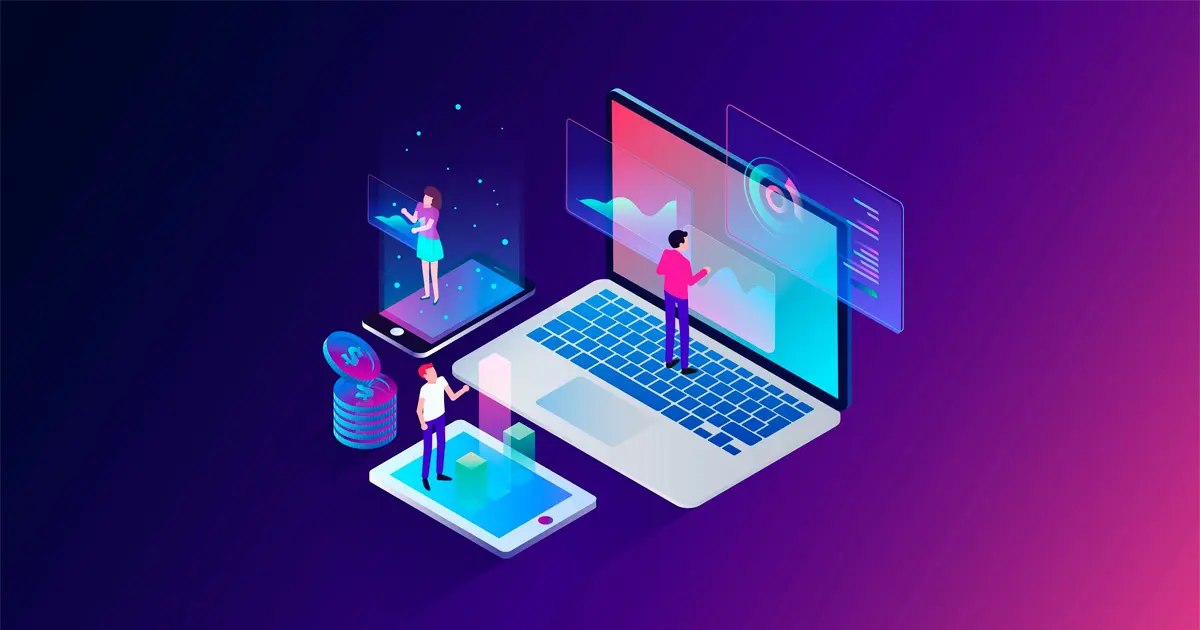In almost every meeting that I have with ISVs (Independent Software Vendors), who are thinking about joining the TIDWIT Digital Ecosystems Network, one of the first concerns voiced is how to protect their “User Experience”. The intent of this user experience is of course to engulf users on a site or platform to ensure they keep them coming back, consuming their content and interacting. It is common and indeed desirable in B2C. However, while providing a great user experience is always desirable, what I have often found is that in B2B, user experience is erroneously interchanged with organizational or “Ecosystem Experience”. They are not the same nor does providing the first necessarily lead to the latter. For example, if an individual user from another organization who connects to my organization is satisfied, it does not necessarily mean his entire organization is equally satisfied. In fact, having worked with ecosystems across the globe, I would argue with a high degree of confidence that insisting on “User Experience” with complete disregard to the “Ecosystem Experience” will almost always deteriorate the overall experience and possibly the business relationship between organizations.
Consider the following example. User “A” in Organization “X” needs to connect to Organization “Y” in order to get a deeper understanding of all their products and/or to get trained and certified on their solutions. The typical response is Organization “Y” will invite User “A” into its portal, allow the user to register, and then provide them the content that they need to meet their goals. At the end of this experience, the user gets certified and all appears well. But is it really? There are several key questions that need to be answered. First, how much does Organization “X”, to which User “A” belongs, know about what just occurred? Will it have access to Organization “Y”’s systems and data to get deeper insights? Will it have content curation or any type of control to make sure its users are not wasting time? What about compliance as it pertains to their user data? How will their systems update this data? Sure, user A may have enjoyed the experience, but if his organizations is kept in the dark at arms length, it becomes an overall negative organizational experience.
Now let’s add a layer of real-life complexity. In all likelihood, to fulfill their job functions, User “A” from Organization “X” will in addition to accessing Organization Y’s content, need to access Organization O, Organization P, and Organization Q as well—each promising its own “User Experience” and running different systems, none of which talk to each other or allow any form of standardized user experience. In this case, what is being promised to User “A” by Organization “Y” as an optimal user experience is only a partial truth of multiple inconsistent experiences of logins, searches, enrollments, etc—all of which cause a suboptimal overall experience for that user.
Adding volumes of users to the above leads to even more complexity. If only a handful of Organization “X”‘s users are accessing a different organization’s system, perhaps it may not mind some inconsistencies. But, if it has 5,000 employees needing to access half a dozen different partner organization systems, and it has no standardized user experience, no automation, and no metrics visibility into any of them, the optimal “User Experience” promise soon turns into an organizational or ecosystem nightmare.
In this day and age of strict privacy and security compliance constraints, for how long will organizations be able to continue sending hordes of their users to other organization’s environments under the guise of a better User Experience? One organization informed me that due to GDPR privacy rules in Europe, they can no longer get the metric of their OWN USERS on the other organization’s portal. This is causing major issues inside of the organization. As such, more and more organizations are starting to compel their partners to integrate with their own systems. Unfortunately, organizations who are solely focused on User Experience will not be able to provide this. At best they may offer a proprietary point-to-point integration scheme, which as a model is not scalable (follow this previous blog post for more integration details). More organizations than ever are rejecting the trade-off between compliance and access, and want to have the best of both worlds–meaning they want to have full ecosystem access and visibility while being compliant.Instead of each organization jostling for “User Experience” behind legacy system moats, the digital ecosystem model can overcome the tension between User Experience and Organizational requirements and restrictions. A digital ecosystem approach allows for partner organizations to connect each of their systems via a standardized ecosystem network that provides them what they really want: automated knowledge sharing, access, control, curation, and metrics—without any imposition on user experience or exposure to compliance risks. Digital ecosystems provide organizations a solution for the optimal “Ecosystem Experience”, which if one really thinks about it, is the ultimate user experience.







